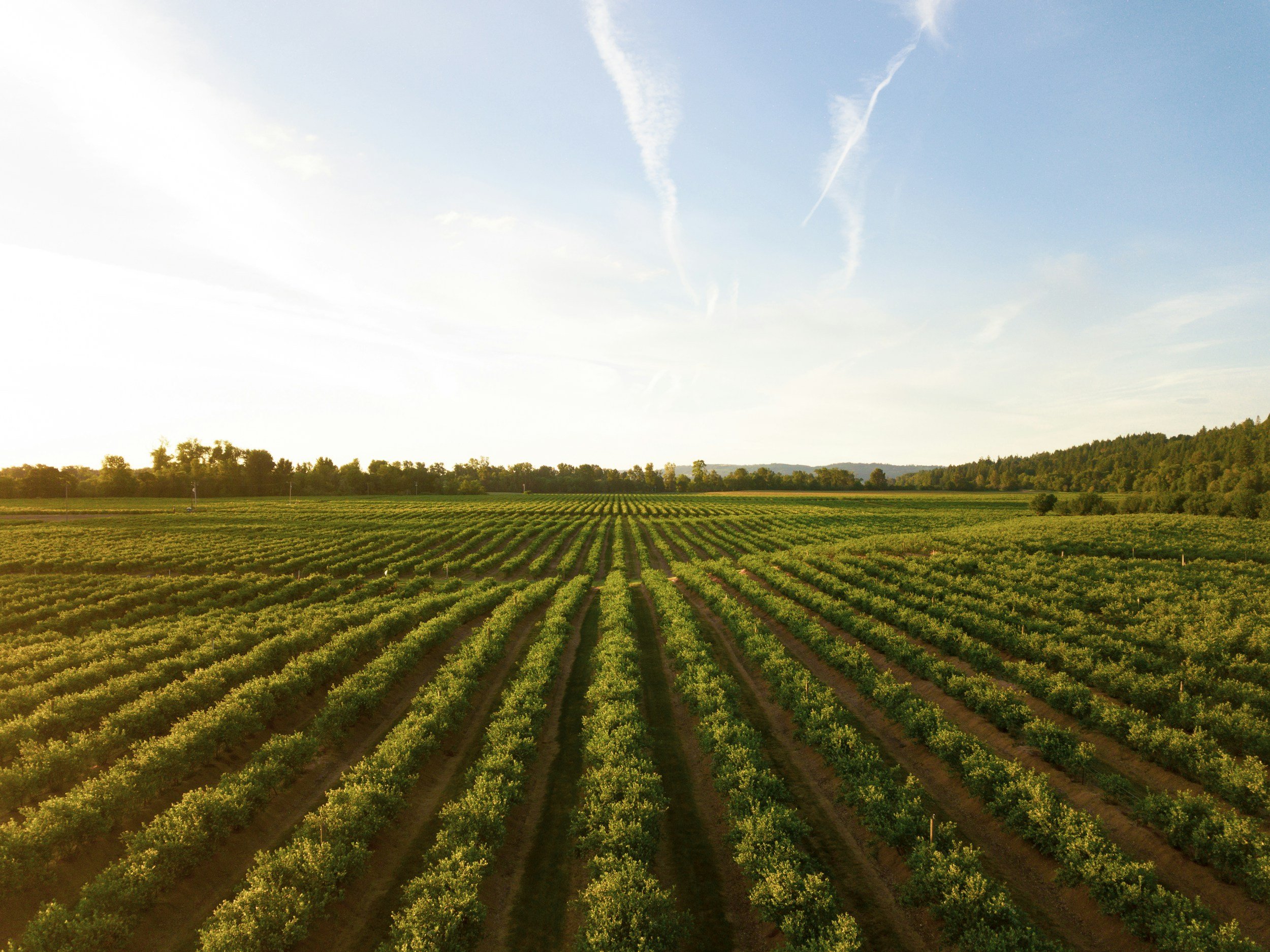
Short training videos to fit anyone’s schedule
Learn about a topic each week with these 15 - 20 minute safety, claims management, and risk management videos

Learn about a topic each week with these 15 - 20 minute safety, claims management, and risk management videos

Ladder falls are a serious hazard in agriculture, and it's not just in tree fruits. Many employers use ladders for various tasks. Ladder safety is an important part of your safety and health program. Learn what you can do to mitigate hazards.

Accidents are by definition unexpected. How can you prepare for something that is unexpected? Let us give you some tips.

Characterstics of the agriculture industry may leave farmers vulnerable to human traficking. Find out what you can do to identify and mitigate these risks.

Are you prepared for a DOSH inspection? Learn what to expect.

Learn how to protect employees from wildfire smoke exposure and ensure you are in compliance with Washington State standards.

Ensure you know the most current outdoor heat exposure regulations since the update in 2023.

There are several different types of machines and several parts of each machine that may require guarding. Help protect your employees from coming in contact with moving parts by ensuring your machines and equipment are properly guarded.

Lack of energy control causes many serious injuries and even deaths in agriculture every year. Ensure you are following proper energy control procedures as required, and protect your employees from a potentially fatal hazard.

Safety incentives can be a great way to get buy in from employees and improve safety culture, but be careful. Some safety incenctive programs can do the exact opposite. Learn proactive ways to encourage employees to take ownership in their and their coworkers’ safety.

Having a plan to protect employees from chemicals is an essential part of your safety program. Respirators are the last line of defense against hazardous atmosphere, and they introduce hazards in themselves.

The tractor can be one of the most hazardous pieces of equipment on the farm. Ensure you know how to keep your employees safe around these powerful machines.

You have a safety culture at work whether you know it or not. Actively promoting a proactive safety culture is one of the most effective ways to reduce workplace injuryies and illnesses.

Injury and illness prevention is a required element of all Washington business plans, but did you know it can drastically save you money too?

Find a way to make safety work for your company. Checklists may facilitate your safety program.

OSHA 300 logs and summaries are required to be completed by agriculture employers with 11 or more and employees, and kept for five years. Summaries must be posted every year from February 1 - April 30.
Electronic reporting may be required for employers with 20 or more employees by March 2. You can find out more here.
